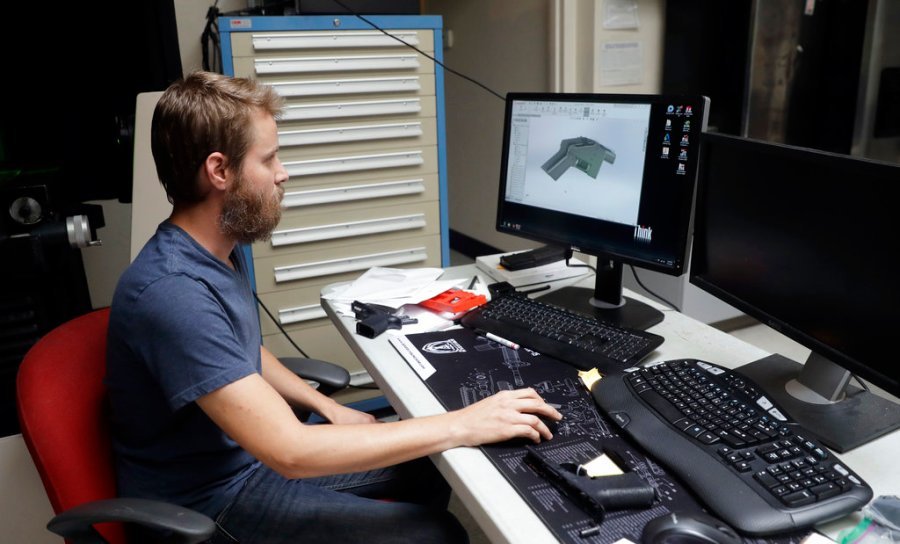
America has always defended itself and its freedoms with a gun in hand. But as technology evolves, code is starting to take its place.
A new generation of Second Amendment supporters no longer visits shooting ranges or joins the NRA — instead, it circulates blueprints for 3D-printed weapons. Its members’ mission is to protect their homes and their right to bear arms, no matter how the government feels about it.
While Americans argue about bans, laws, and protests, an entire ecosystem of do-it-yourself gun culture has grown right under their noses. It’s nothing like the old movies, where weapons were built from pipes and nails. Ghost guns — firearms without serial numbers or registration — are often made with parts printed on 3D printers and bought online. U.S. law allows individuals to make firearms for personal use, as long as they don’t sell them. According to the ATF, this is legal in many cases.
This culture has gone far beyond garages. Blueprints and guides are now spread through Tor, Telegram, and GitHub – anonymously and in ways that are nearly impossible to erase.
The first famous design, “The Liberator,” was posted back in 2013. To this day, anonymous communities keep sharing new versions. These self-styled digital patriots view the right to bear arms as a core freedom.
Critics argue they undermine control, because weapons without serial numbers can’t be traced. Laws can limit sales, but not ideas. While politicians try to close down stores, millions are downloading code. The Second Amendment has been digitized — it now lives in browsers.
When the Supreme Court recently allowed new regulations on so-called “ghost guns,” as detailed in this ruling, it only proved the paradox: Governments can chase physical parts, but the digital heartbeat of the Second Amendment grows stronger. For every law targeting the sale of hardware, a thousand computer files escape into the wild — untraceable, unstoppable, multiplying in the encrypted corners of the internet, where freedom now lives.
Maybe we have reached the point where weapons are no longer just objects. They cannot be eradicated through any amount of banning, seizing, or burning so long as they can be downloaded.
Yes, it’s scary, but freedom isn’t about comfort. It is about risk, discomfort, and chaos — and living with that to keep the right to defend yourself.
I don’t support putting guns in the hands of criminals. I also don’t believe the answer is total control, or that such a thing is even possible. Today, the state is trying to catch up with the internet. But the internet will never stop. As Wired explains, this movement is spreading faster than any law can catch up. And maybe the real question isn’t whether to ban weapons — it’s how to live in a world where a weapon is now knowledge.
This is Prometheus’s curse for the digital age: We have stolen the fire of creation, and now we must live with its light, its heat and its burns. The more the government tries to play god by banning and seizing, the deeper into the cave the forge of innovation moves, hammering out new blueprints where Zeus’s lightning cannot reach.
Maybe this is the new era of the Second Amendment — and its files can’t be taken away from Americans.
Artem Kolisnichenko writes on crime, immigration, and border policy across the American South and Southwest.

